Tags: Milky Way

Milky Way’s Monster Black Hole Sagittarius A* Discovered, Supports Albert Einstein's Theory of General Relativity

8 New Echoing Black Hole Binaries Discovered In Milky Way Galaxy: Listen to the Eerie Sounds They Make

What Did Experts Find Upon Discovering Milky Way's First Ever Black Hole? Researchers to Report Soon!

Slimmer Red Giants Identified on Milky Way, Proves Weight Loss in Bigger Stars
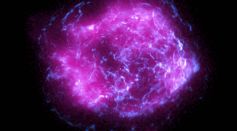
Cassiopeia A Supernova's Inner Nebula's Bizarre Behavior Likely Due to Collision With a Gas Pocket, Study Claims

Milky Way Galaxy Is Much Older Than Astronomers Think; What Happened To Its Troubled Adolescence Days?
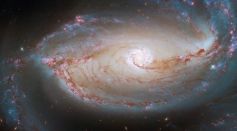
Eye of the Galaxy: Hubble Space Telescope Focuses On A Distant Barred Spiral Galaxy

Largest Shockwave in Universe Detected: 60 Times Bigger Than Milky Way, Cosmic Shock Extends 6.5 Million Light Years Away [LOOK]
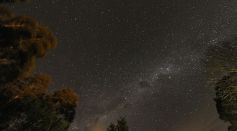
Where Did Milky Way's Stars Come From? Researchers Investigate If They Formed Within, Outside, or Blended in the Galaxy
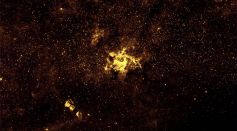
NASA James Webb Space Telescope to See More of This Milky Way's Supermassive, Weird, and Flickering Entity

Milky Way Eats Remains of Long-Lost Galaxy, ESA Gaia Spacecraft Says

ESO VLTI Shares Stunning Thermal Image Of Supermassive Black Hole In Messier 77 Galaxy

Australian Astronomers Spend 7 Hours Listening, Searching for Chances of Life in the Milky Way

Milky Way Now Has Thousands Of Stunning Magnetic Threads Like A 'Modern Art', Scientists Say

Young Stellar Jets Wandering Through Field of Stars Captured in New Images Using Gemini South Telescope

Dark Matter Secrets Revealed: Scientists Discover 12 Streams of Stars in Milky Way Galaxy
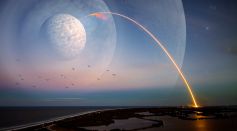
Can Tardigrades Survive the Extreme Conditions in Space? Scientists Plan to Use Massive Lasers to Shoot Them at Distant Stars
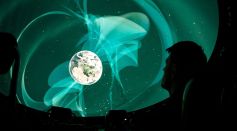
Earth Never Stops Moving in Space! How Does the Planet Move Through the Milky Way Galaxy?

Meet Maggie: The Largest Structure in the Milky Way Located 55,000 Light-Years Away From Earth

70 Rogue Planets Found Wandering the Universe Without Being Around a Host Star
Most Popular

Microplastics Are Everywhere — How Plastic Pollution Threatens Wildlife, Soil, and Water

Brain Health Aging Guide: Effective Strategies for Cognitive Decline Prevention and Lower Dementia Risk

Mitochondrial Health and Aging: How Cell Energy Drives Modern Anti-Aging Science

How Scientists Use Radio Telescopes to Search for Alien Signals Across the Universe





